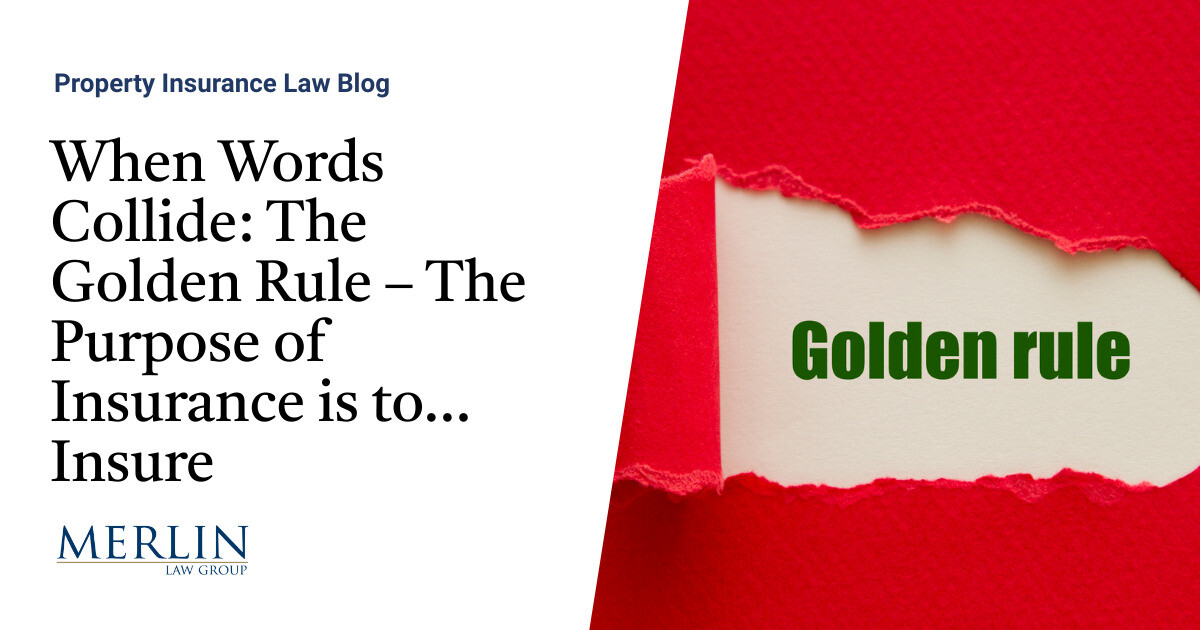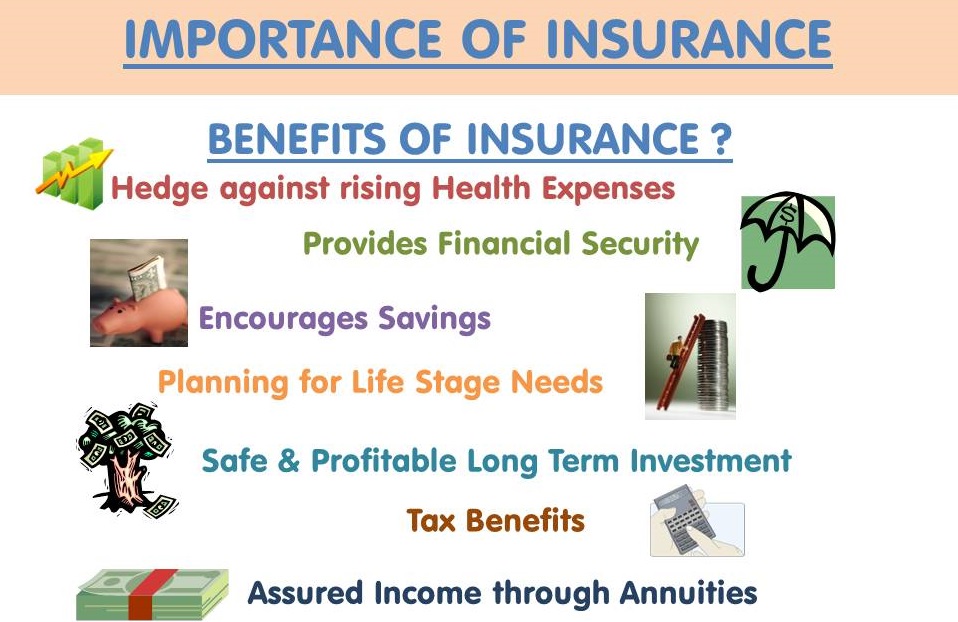Pacific Prime Things To Know Before You Get This
Pacific Prime Things To Know Before You Get This
Blog Article
The Only Guide for Pacific Prime
Table of ContentsPacific Prime Can Be Fun For EveryoneSome Known Incorrect Statements About Pacific Prime The 2-Minute Rule for Pacific PrimeEverything about Pacific PrimeWhat Does Pacific Prime Do?

This is since the information were gathered for a duration of strong economic efficiency. Of the approximated 42 million people that were uninsured, just about regarding 420,000 (about 1 percent) were under 65 years of age, the age at which most Americans come to be eligible for Medicare; 32 million were adults in between ages 18 and 65, about 19 percent of all adults in this age team; and 10 million were children under 18 years of age, about 13.9 percent of all children (Mills, 2000).
These quotes of the variety of individuals uninsured are produced from the yearly March Supplement to the Existing Populace Survey (CPS), conducted by the Census Bureau. Unless otherwise kept in mind, national quotes of individuals without health insurance policy and proportions of the population with various kinds of protection are based on the CPS, the most commonly utilized source of quotes of insurance policy protection and uninsurance prices.
Not known Factual Statements About Pacific Prime

Still, the CPS is particularly beneficial since it creates annual quotes relatively rapidly, reporting the previous year's insurance coverage estimates each September, and because it is the basis for a consistent collection of quotes for more than 20 years, permitting evaluation of patterns in protection over time. For these factors, as well as the extensive usage of the CPS in various other studies of insurance policy protection that exist in this record, we depend on CPS estimates, with constraints kept in mind.

The quote of the number of without insurance people increases when a population's insurance status is tracked for numerous years. Over a three-year period beginning early in 1993, 72 million individuals, 29 percent of the united state populace, were without coverage for at least one month. Within a solitary year (1994 ), 53 million individuals experienced a minimum of a month without protection (Bennefield, 1998a)
Six out of every 10 uninsured adults are themselves used. Although functioning does improve the likelihood that one and one's relative will have insurance, it is not a warranty. Even participants of families with two permanent breadwinner have almost a one-in-ten opportunity of being uninsured (9.1 percent without insurance rate) (Hoffman and Pohl, 2000).
The Facts About Pacific Prime Revealed
New immigrants account for a significant percentage of people without medical insurance. One evaluation has connected a significant part of the current growth in the dimension of the united state uninsured population to immigrants who got here in the country between 1994 and 1998 (Camarota and Edwards, 2000). Recent immigrants (those who came to the USA within the past four years) do have a high rate of being without insurance (46 percent), however they and their children account for just 6 percent of those without insurance policy across the country (Holahan et al., 2001).
The relationship in between medical insurance and access to care is well established, as documented later in this chapter. The connection between health and wellness insurance and wellness end results is neither straight neither straightforward, a considerable professional and wellness solutions research literary works web links health and wellness insurance coverage to better access to care, better quality, and boosted individual and populace health and wellness status.
Degrees of analysis for analyzing the results of uninsurance. It concentrates particularly on those without any health and wellness insurance policy for any length of time.
Pacific Prime for Dummies
The problems encountered by the underinsured remain in some respects similar to those dealt with by the without insurance, although they are usually much less severe. global health insurance. Uninsurance and underinsurance, nonetheless, entail distinctly different plan concerns, and the methods for resolving them might vary. Throughout this research study and the five reports to follow, the primary focus is on individuals without health insurance policy and hence no help in spending for healthcare past what is available with charity and safety internet establishments
Wellness insurance coverage is a powerful factor affecting invoice of treatment since both individuals and physicians reply to the out-of-pocket price of services - https://pacificpr1me.blog.ss-blog.jp/2024-04-03?1712088442. Health and wellness insurance policy, nevertheless, is neither necessary nor adequate to acquire accessibility to clinical solutions. The independent and straight effect of health insurance policy protection on accessibility to health and wellness services is well established.
Others will certainly acquire the health treatment they need also without medical insurance, by paying for it expense or seeking it from carriers who provide care totally free or at highly subsidized prices. For still others, health and wellness insurance alone does not make sure receipt of care as a result of various other nonfinancial obstacles, such as a lack of wellness care suppliers in their neighborhood, minimal access to transport, illiteracy, or etymological and cultural distinctions.
Pacific Prime for Beginners
Formal study click here now concerning without insurance populations in the United States dates to the late 1920s and early 1930s when the Committee on the Expense of Healthcare generated a collection of records about funding physician office sees and hospital stays. This concern became salient as the numbers of medically indigent climbed during the Great Depression.
Report this page